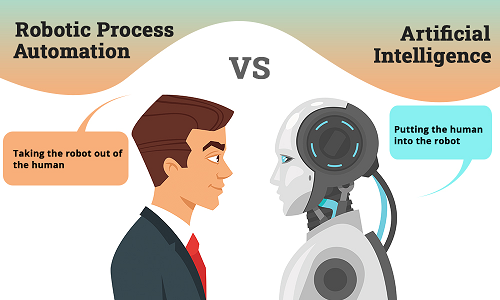Combining the Power of RPA and AI for Maximum Impact
Introduction
A few years ago, combining RPA and AI would have been a very expensive proposition. However, with the advent of affordable cloud-based services and the proliferation of powerful AI toolsets, companies are now able to reap significant benefits from this combination. RPA is often touted as a revolutionary technology, but how can it be used to its full potential? The answer lies in combining RPA with artificial intelligence (AI). The two can work together to create an even more effective and efficient business process automation solution.
How RPA works?
RPA automates business processes by mimicking the actions of a human user. It can be used to automate repetitive tasks, such as data entry or document processing. AI, on the other hand, is concerned with automating decision-making processes. This can include identifying patterns and making recommendations based on past data. By working together, Robotic Process Automation (RPA) and AI can create a more efficient process that is powered by the latest technology.
The benefits of using RPA and AI in your business process automation solution are clear. They can save time and money, while also improving efficiency and accuracy. If you are looking to take your automation strategy to the next level, consider combining RPA with AI to achieve maximum impact. RPA is all about automating repetitive, low-value tasks that are currently carried out by human workers. This can free up time for employees to focus on more strategic, higher-value work. AI, on the other hand, is all about using computer algorithms to make intelligent decisions. This can be used to improve the accuracy and speed of decision-making processes.
Combining RPA with AI
When combined, these technologies have the potential to create massive impacts across a wide range of industries. Here are just a few examples:
1) Financial Services: The banking sector is one of the most ripe grounds for RPA and AI integration. With so many repetitive tasks required to run a bank, such as customer service, account reconciliation, and loan approvals, RPA and AI can help to streamline these processes. This could lead to increased efficiency and better customer service, as well as reduced costs.
2) Manufacturing: One of the biggest benefits of RPA and AI is their ability to automate tedious tasks. This can free up time for more skilled employees who can focus on more strategic tasks. In addition, it can minimize the need for human error, which can lead to improved quality and safety outcomes.
3) Customer Service: One of the biggest challenges facing customer service is the high volume of calls that need to be handled. With RPA and AI, it’s possible to automate tasks such as routing calls and providing support. This would free up valuable time for customer service staff, who could then focus on more complicated cases.
As businesses across the globe are struggling to keep up with the ever-changing landscape, they are turning to innovative technologies like Robotic Process Automation (RPA) and Artificial Intelligence (AI) to help them automate their processes and stay ahead of the competition. RPA enables organizations to automate repetitive and time-consuming tasks by mimicking the actions of a human user. AI, on the other hand, is a branch of computer science that deals with the simulation of intelligent behavior. When used together, RPA and AI can help businesses automate their processes in a more efficient way, which in turn can lead to increased productivity and better outcomes. For example, one company used RPA to automate the process of billing customers. By doing so, the company was able to reduce the time it takes to process customer requests by 80%.
Benefits of combining RPA and AI
There are many benefits of combining RPA and AI, including:
1. Increased accuracy and efficiency: By automating repetitive tasks and providing intelligent insights, businesses can achieve a new level of accuracy and efficiency.
2. Improved customer experience: RPA and AI can help businesses obtain a deeper understanding of their customers, leading to improved customer service and support.
3. Increased scalability: RPA and AI can help businesses scale their operations more efficiently and effectively, allowing them to accommodate a larger number of customers and tasks.
4. Reduced costs: By automating processes and reducing the need for human input, businesses can save money on costs such as wages and benefits.
5. Increased innovation: With RPA and AI working in tandem, businesses can explore new ways of doing business that wouldn’t be possible without automation. This leads to increased innovation and growth for the company overall.
One of the benefits of combining RPA and AI is that it can help automate repetitive tasks. For example, if you have a task that requires you to fill out the same form every day, you can use RPA to automate that task. This can free up your time so that you can focus on more important tasks. Additionally, RPA can help you improve your accuracy and efficiency when completing tasks. For example, if you have a task that requires you to enter data into a spreadsheet, you can use RPA to do that task instead. This can save you time and money. Additionally, combining RPA and AI can help you improve your communication skills. For example, if you are a salesperson, you can use RPA to automate customer interactions. This can help you reduce the number of customer interactions that you have to carry out and it can also improve your customer service skills.
For starters, automating tasks using RPA can free up human resources to focus on more important tasks. This helps companies avoid bottlenecks and improve efficiency. Additionally, by using AI to analyze data captured by RPA bots, companies can identify and resolve errors or issues more quickly.
Improvement in business communication
Overall, combining RPA with AI is a powerful tool that can help businesses achieve a number of goals. By automating tasks and freeing up human resources, companies can improve efficiency and avoid bottlenecks. Additionally, by using AI to analyze data captured by RPA bots, companies can identify and resolve errors or issues more quickly. Moreover, by pairing RPA with AI, companies can create bots that are more “humanlike” and natural in their communication. This makes them more friendly and engaging to use, which can improve customer satisfaction and engagement. In addition, this technology allows for the development of chatbots that can carry out complex tasks on behalf of users. Combined, these capabilities offer a powerful toolkit for businesses of all sizes. So long as companies take the necessary precautions to protect data and safeguard user privacy, RPA and AI are capable of helping them achieve business goals.
Why to use this combination?
There are many reasons why it is important to combine RPA and AI in today's business world. First, RPA can automate repetitive, rule-based tasks, while AI can provide the ability to make decisions based on data and analytics. This combination can help businesses to automate more tasks and processes, which can improve efficiency and productivity. Combining RPA and AI can also enable businesses to develop more customer-centric interactions, which can improve customer retention and engagement. Overall, combining RPA and AI is a powerful way to help businesses automate more tasks and processes, make better decisions based on data and analytics, and build stronger relationships with customers.
Challenges with combining RPA and AI
One of the key challenges in combining RPA and AI is that they require different approaches to data processing. RPA is typically used for structured data, while AI is better suited for unstructured data. As a result, it can be difficult to manage both types of data processing within a single system. Additionally, RPA and AI often require different types of hardware and software, which can further complicate integration efforts. Finally, RPA and AI each have their own strengths and weaknesses, so it's important to carefully consider which approach is best suited for a particular task. All these challenges need to be addressed in order to successfully combine RPA and AI.
There are a number of different ways that companies are trying to address these challenges. Some are experimenting with hybrid systems that use both RPA and AI, while others are investing in dedicated AI and RPA platforms. Overall, it seems likely that the combination of these technologies will become increasingly common over the next few years. However, ensuring that these technologies work well together will require a lot of experimentation and careful planning.
Conclusion
AI can take RPA to the next level by adding cognitive capabilities, such as natural language processing and machine learning. This allows RPA to automate more complex tasks, making it even more effective in freeing up employees for higher-value work. Combining RPA and AI has huge potential for increasing efficiency and driving business value. By automating routine tasks, businesses can free up employees to focus on more important tasks, while also improving accuracy and productivity. As artificial intelligence continues to evolve, the potential for combining RPA with AI will only grow stronger. So, if you’re looking to unleash the full potential of RPA and AI in your organization, start by combining the two technologies. You won’t regret it.
Find a course provider to learn Artificial Intelligence Engineer
Java training | J2EE training | J2EE Jboss training | Apache JMeter trainingTake the next step towards your professional goals in Artificial Intelligence Engineer
Don't hesitate to talk with our course advisor right now
Receive a call
Contact NowMake a call
+1-732-338-7323Enroll for the next batch
Artificial Intelligence Engineer
- Sep 22 2025
- Online
Artificial Intelligence Engineer
- Sep 23 2025
- Online
Artificial Intelligence Engineer
- Sep 24 2025
- Online
Artificial Intelligence Engineer
- Sep 25 2025
- Online
Artificial Intelligence Engineer
- Sep 26 2025
- Online
Related blogs on Artificial Intelligence Engineer to learn more
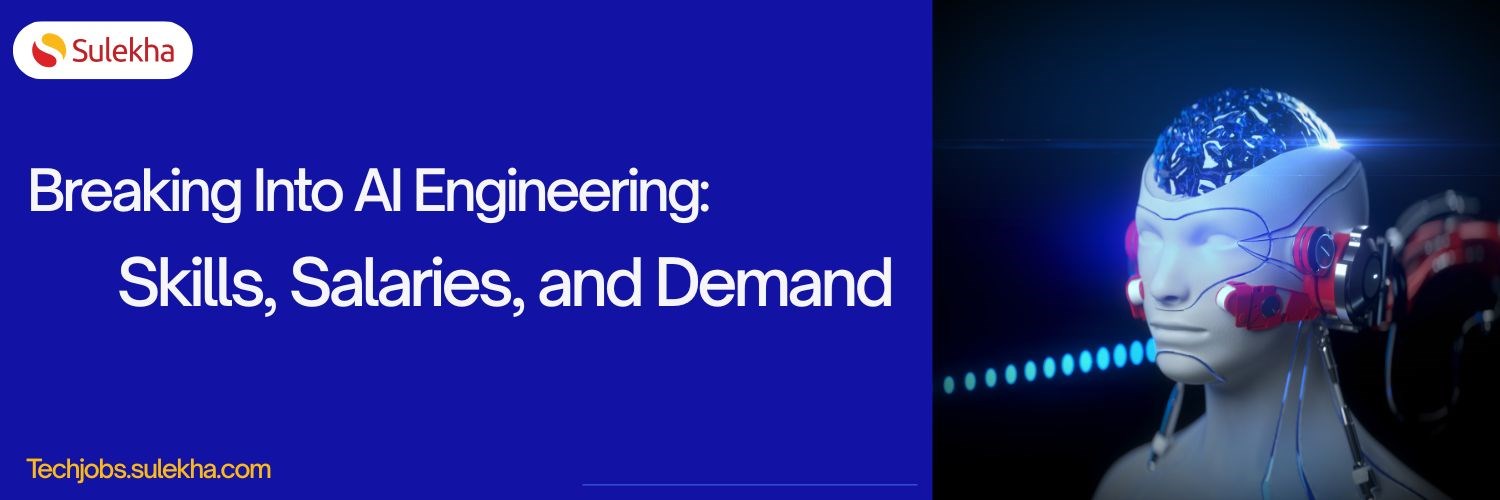
Breaking Into AI Engineering: Skills, Salaries, and Demand in the US
Discover how to break into AI engineering with insights on essential skills, salary expectations, and rising demand in the US. Learn about career paths, certifications, and how to succeed in one of tech’s fastest-growing fields.
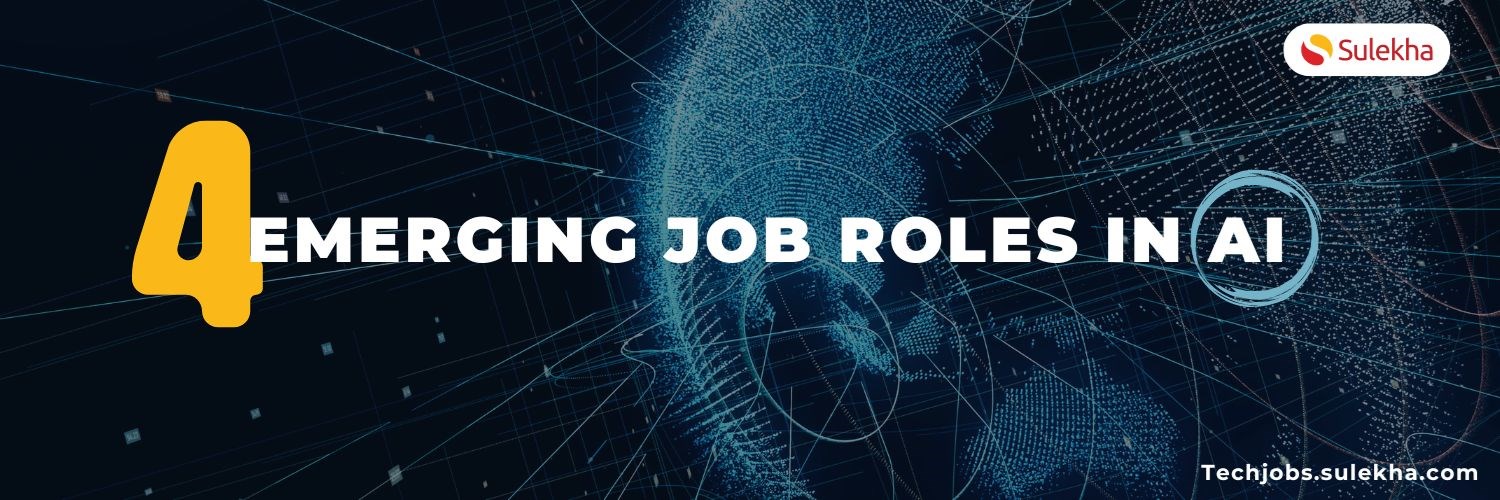
Top Four emerging job roles in AI
Explore four emerging AI job roles including AI ethicist, trainer, interaction designer, and safety engineer, each shaping the future of ethical and secure AI technology. Learn about their responsibilities and the essential skills required in this ev
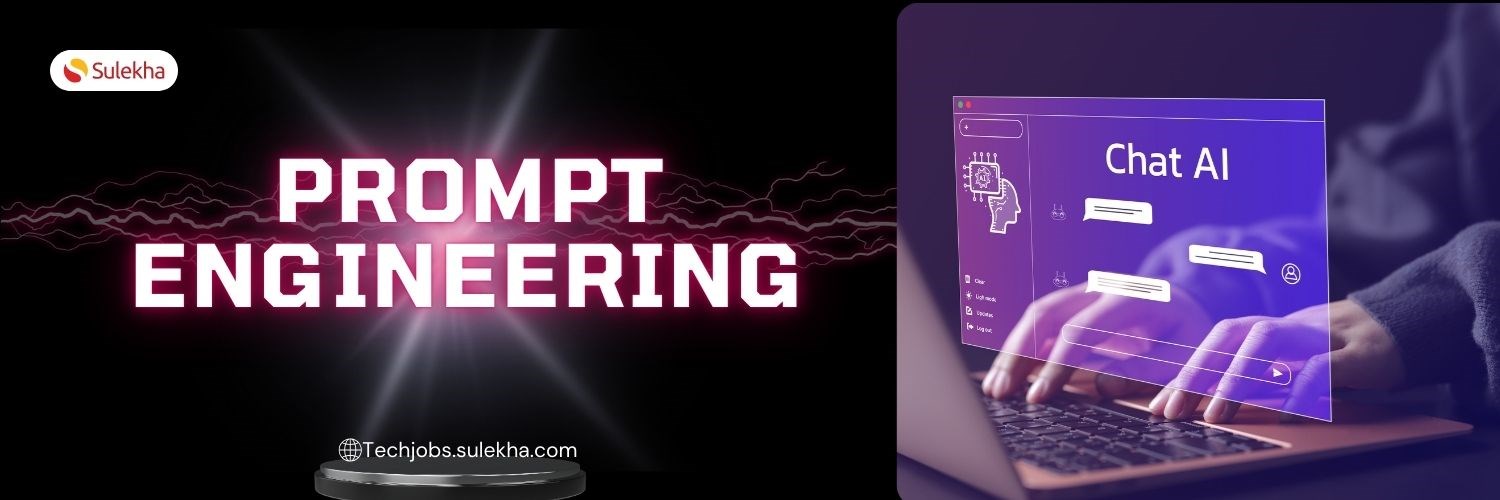
Prompt Engineering
We have discussed comprehensive entitles of what is prompt engineering, types of prompts, element and method of prompt engineering, and application of prompt engineering in-detail.
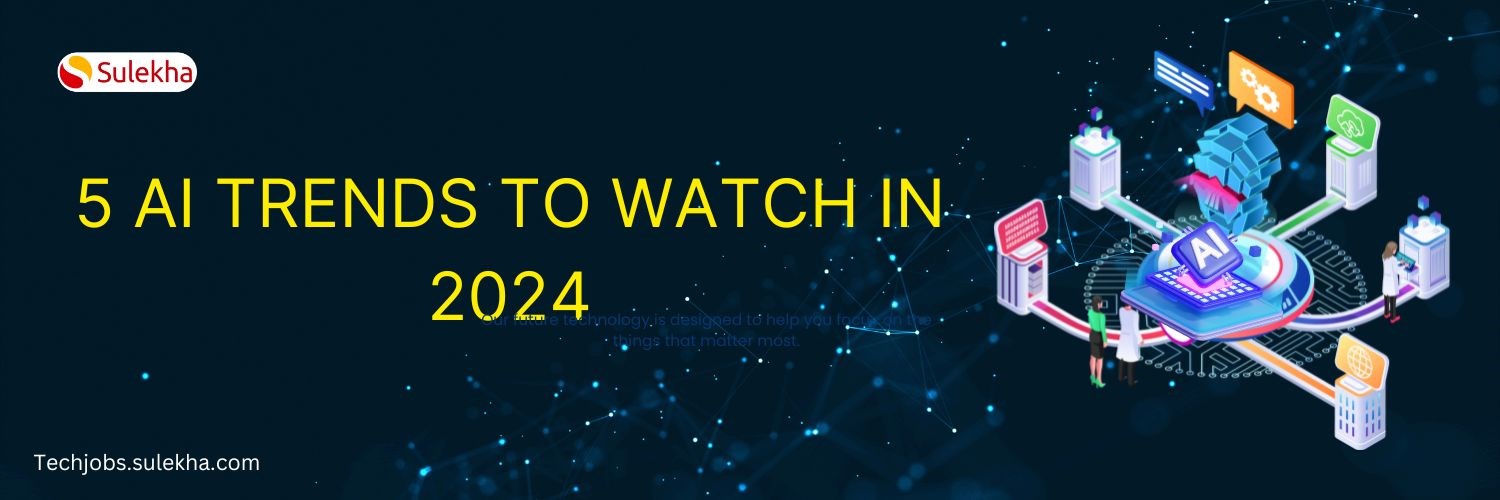
5 AI Trends to Watch in 2024
Discover the top 5 AI trends that will shape the future in 2024, from advancements in natural language processing to the growing impact of AI on healthcare and beyond.
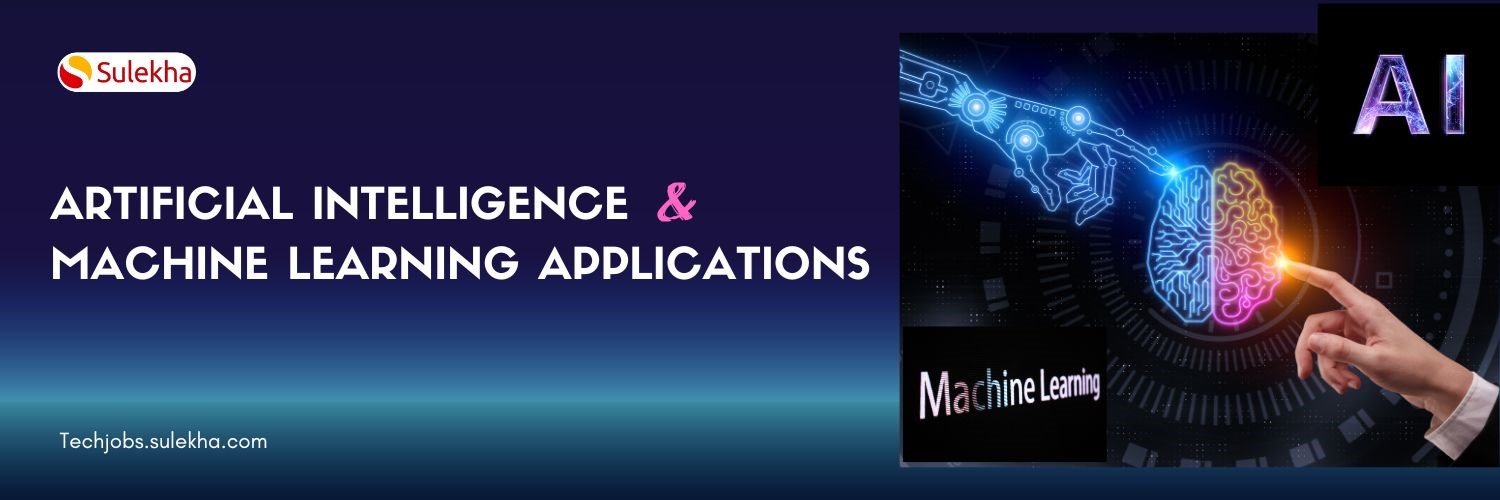
Artificial Intelligence and Machine Learning applications
Discover the vast applications of Artificial Intelligence (AI) and Machine Learning (ML) across various industries, from healthcare to finance, and learn how these technologies are transforming the way we live and work.
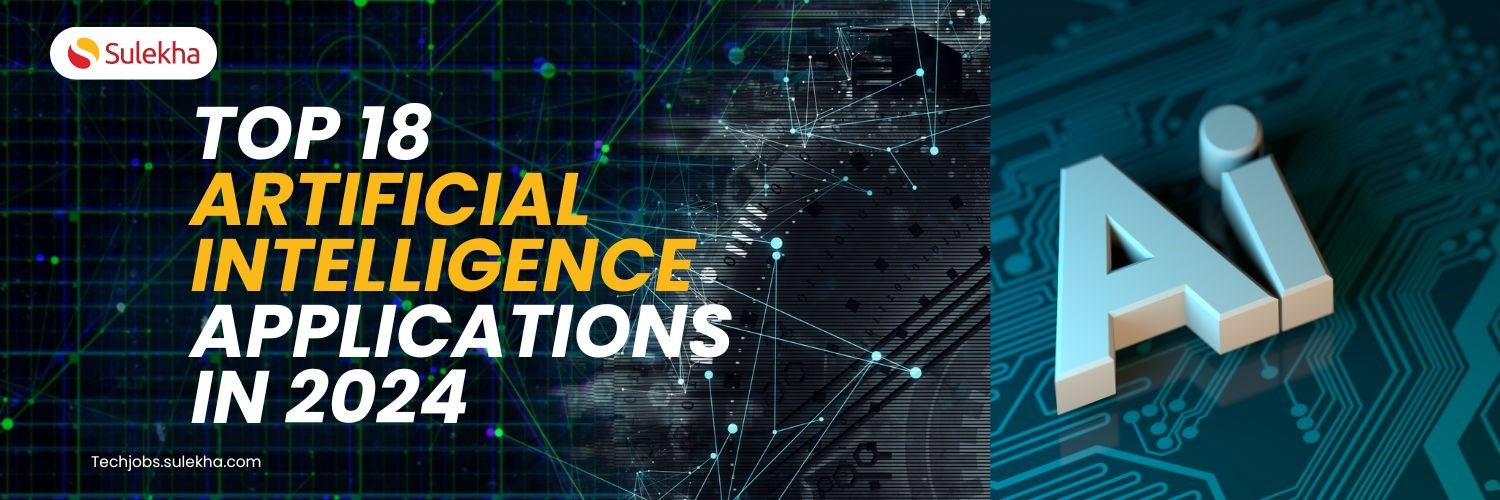
Top 18 Artificial Intelligence Applications in 2024
Explore the diverse applications of machine learning in various industries, including healthcare, finance, retail, and transportation.
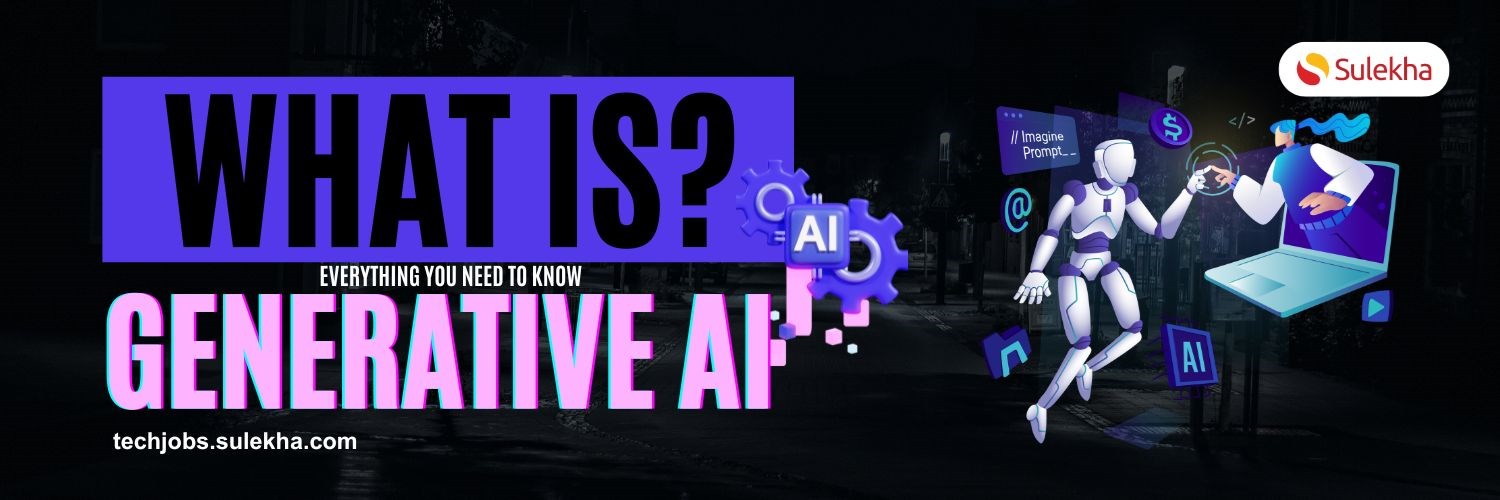
What is Generative AI? Everything You Need to Know
Generative AI is not just a career path; it's a gateway to a future where innovation and creativity intersect. This blog uncovers why generative AI is not just a career but a pathway to shaping the future of work.
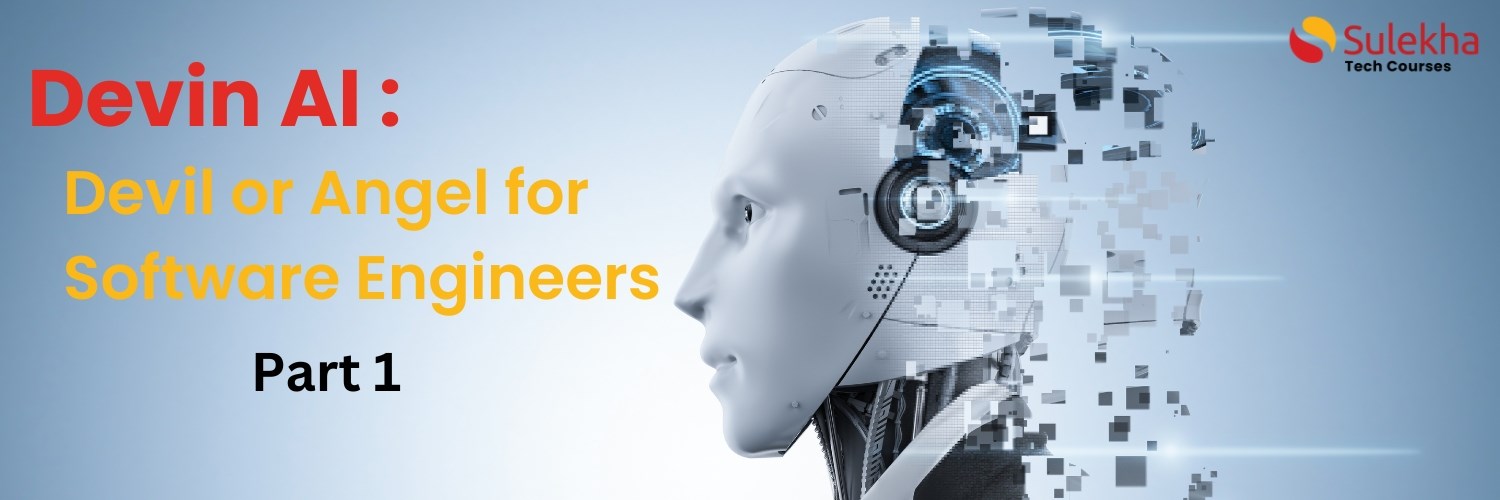
Devin AI - Friend or Foe of Software Developers
In a groundbreaking leap for artificial intelligence, US-based startup Cognition has unveiled Devin AI - an autonomous AI system capable of conceptualizing, designing, and coding software from scratch. This remarkable feat ushers in a new era, blurri
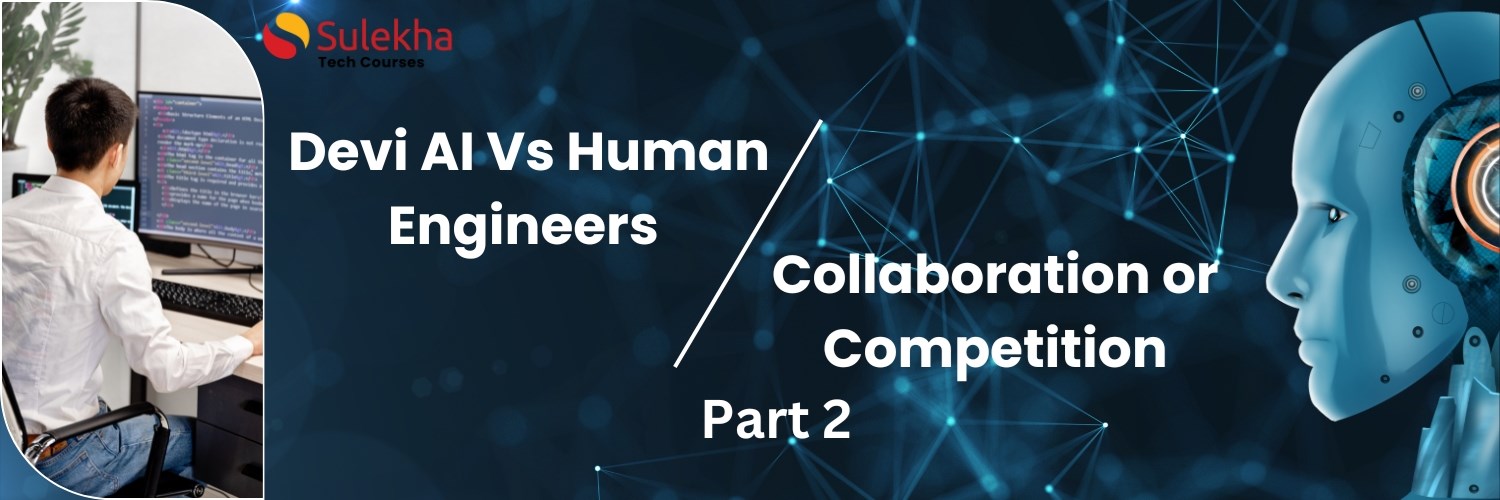
Devin AI vs. Human Engineers: Collaboration or Competition?
In the ever-evolving landscape of software development, a new contender has emerged—a digital prodigy named Devin AI. But is it here to collaborate harmoniously with human engineers, or does it pose a threat to their livelihoods? Let's dive into this
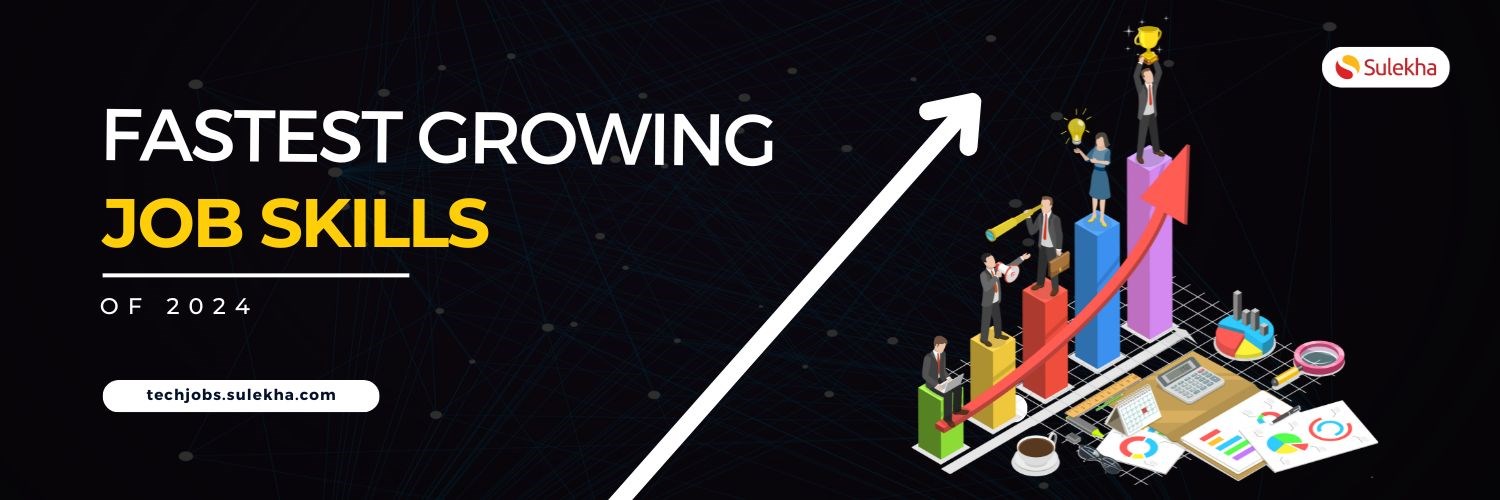
The Fastest-Growing Job Skills of 2024
Discover the top demanding career paths of 2024, complete with statistical insights, essential skill sets, and the latest certifications in RPA, Blockchain, Artificial Intelligence, Cybersecurity and Digital Marketing.
Latest blogs on technology to explore
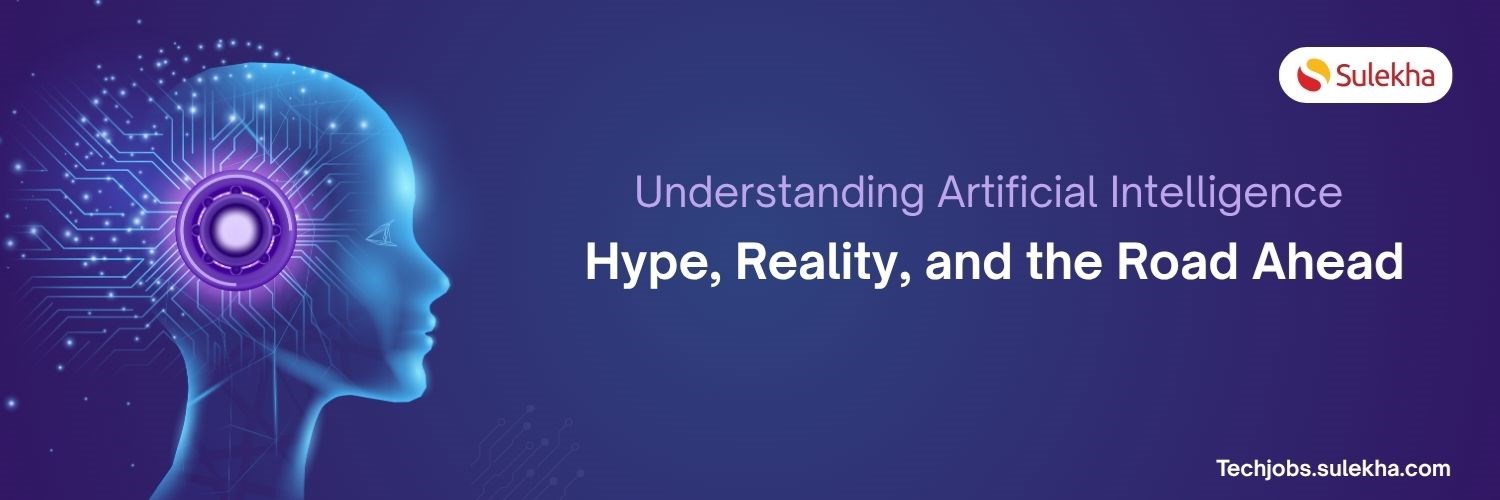
Understanding Artificial Intelligence: Hype, Reality, and the Road Ahead
Explore the reality of Artificial Intelligence (AI) — its impact, how it works, and its potential risks. Understand AI's benefits, challenges, and how to navigate its role in shaping industries and everyday life with expert training programs

How Much Do Healthcare Administrators Make?
Discover how much healthcare administrators make, the importance of healthcare, career opportunities, and potential job roles. Learn about salary ranges, career growth, and training programs with Sulekha to kickstart your healthcare administration jo

How to Gain the High-Income Skills Employers Are Looking For?
Discover top high-income skills like software development, data analysis, AI, and project management that employers seek. Learn key skills and growth opportunities to boost your career.
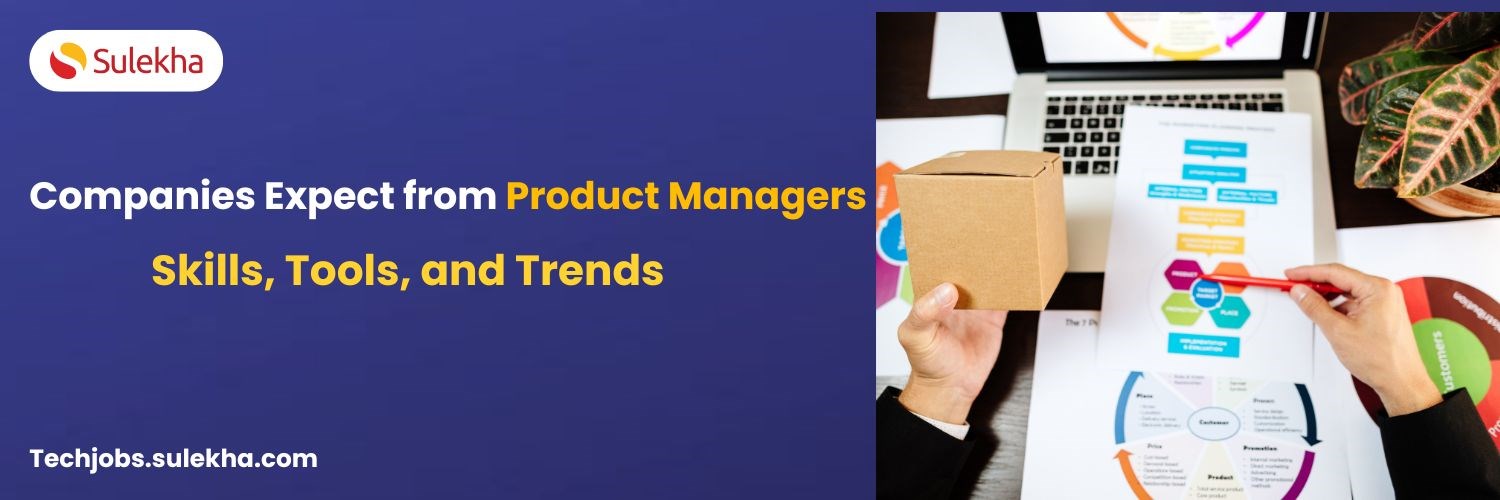
What Companies Expect from Product Managers in 2025: Skills, Tools, and Trends
Explore what companies expect from Product Managers in 2025, including essential skills, tools, certifications, and salary trends. Learn how to stay ahead in a rapidly evolving, tech-driven product management landscape.

Breaking Into AI Engineering: Skills, Salaries, and Demand in the US
Discover how to break into AI engineering with insights on essential skills, salary expectations, and rising demand in the US. Learn about career paths, certifications, and how to succeed in one of tech’s fastest-growing fields.

Cybersecurity Training: Powering Digital Defense
Explore top cybersecurity training programs in the USA to meet rising demand in digital defense. Learn about certifications, salaries, and career opportunities in this high-growth field.
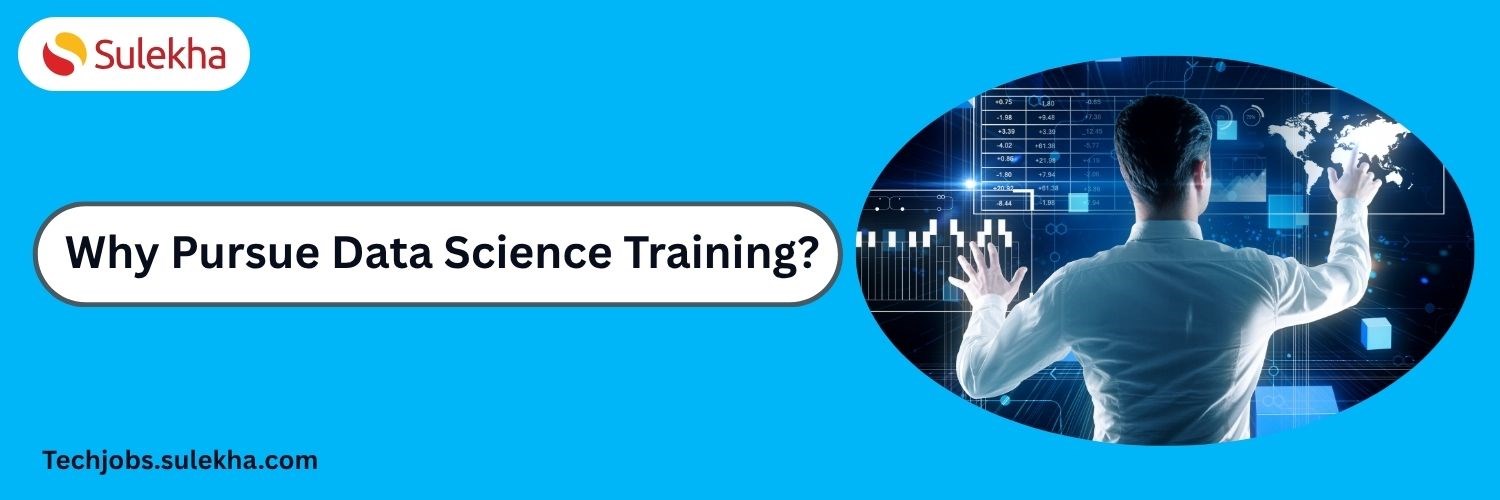
Why Pursue Data Science Training?
Empower your career in a data-driven world. Learn why data science training is crucial for high-demand jobs, informed decisions, and staying ahead with essential skills.

What Does a Cybersecurity Analyst Do? 2025
Discover the vital role of a Cybersecurity Analyst in 2025, protecting organizations from evolving cyber threats through monitoring, threat assessment, and incident response. Learn about career paths, key skills, certifications, and why now is the be
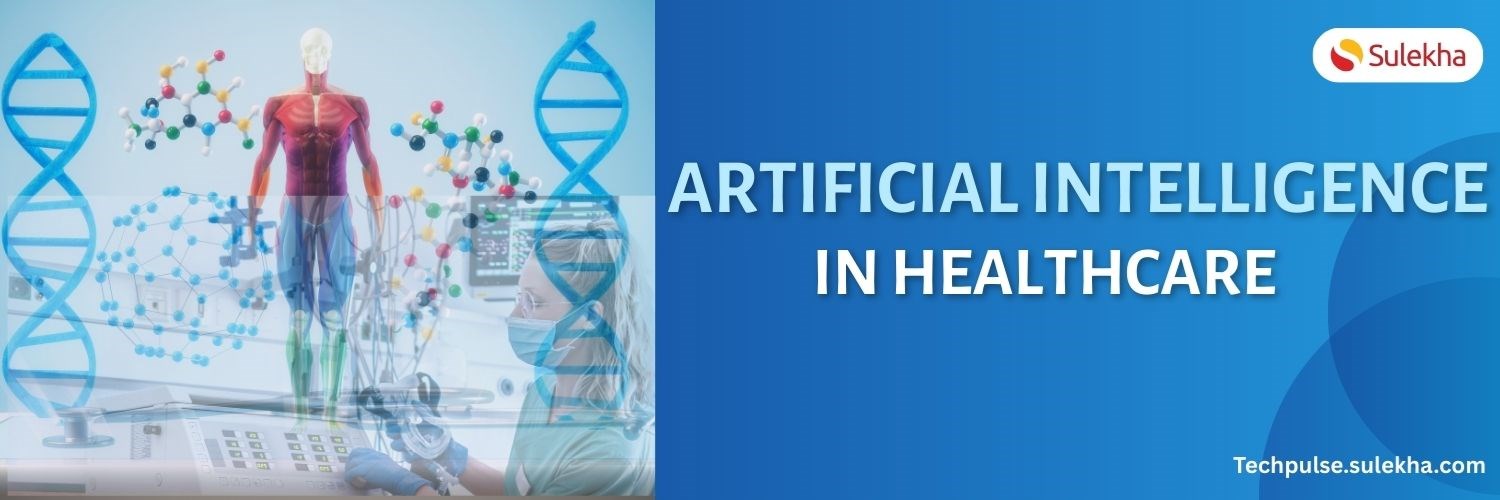
Artificial intelligence in healthcare: Medical and Diagnosis field
Artificial intelligence in healthcare: Medical and Diagnosis field

iOS 18.5 Is Here: 7 Reasons You Should Update Right Now
In this blog, we shall discuss Apple releases iOS 18.5 with new features and bug fixes
